Legendary ‘Orichalcum Metal’ Related To Atlantis Found In 2,600-Year-Old Shipwreck
MessageToEagle.com – A shipwreck sunk 2,600 years ago, off the coast of Gela in southern Sicily and the story of this ship is still fascinating today.
The ship – dated to the first half of the sixth century – was on its way to Gela in Sicily, possibly coming from Greece or Asia Minor.
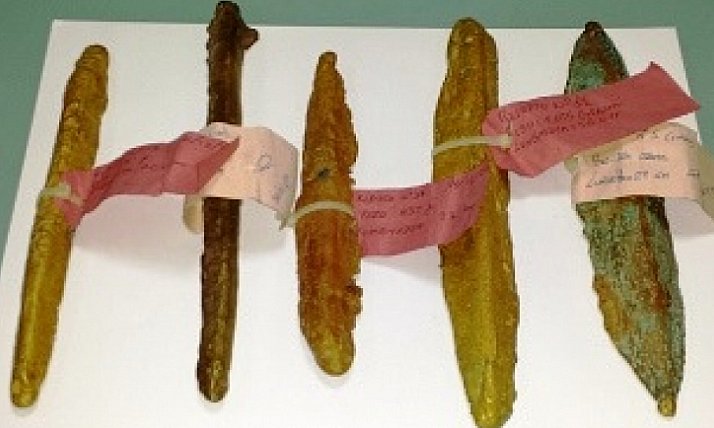
It was carrying ingots of orichalcum, ancient gleaming metal, which according to ancient Greeks was supposed to be mined in the legendary Atlantis, a land we have never been able to localize.
In 2015, underwater archaeologists recovered 39 orichalcum lumps from the shipwreck and earlier this month, additionally 47 pieces of this precious alloy have emerged from the seas of Sicily, reports Seeker.
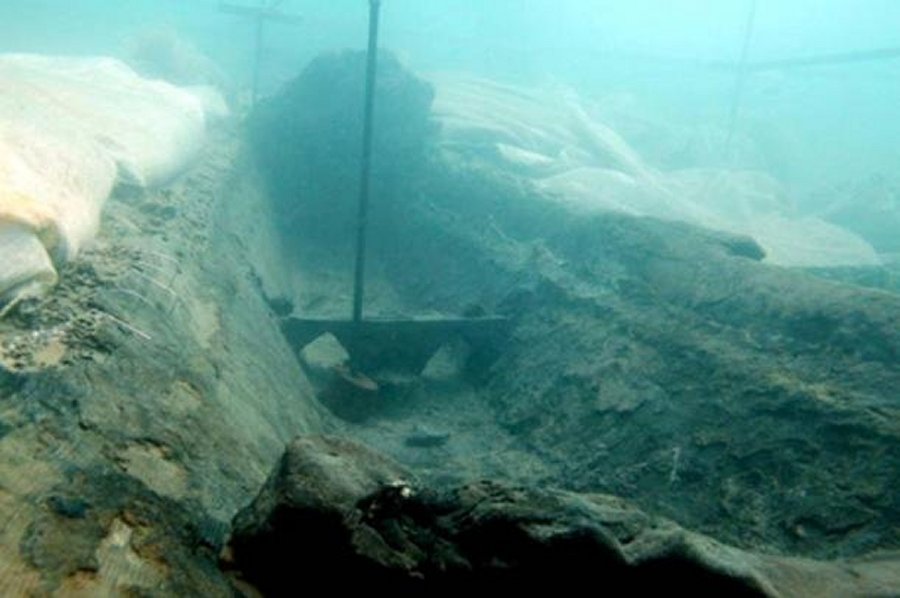
“The ship dates to the end the sixth century B.C.,” said Sebastiano Tusa, an archaeologist and and Sicily’s superintendent of the sea, said.
“It was likely caught in a sudden storm and sunk just when it was about to enter the port.”
According to the ancient Greeks, it was invented by Cadmus, a Greek-Phoenician mythological character. The fourth century B.C. Greek philosopher Plato made orichalcum a legendary metal when he mentioned it in the Critias dialogue (460-403 BC).
See also:
Orichalcum: Mysterious Metal Linked To Legendary Atlantis Discovered In Shipwreck
Hyperborea Or Atlantis Ruins – Underground Secrets Of The Sacred Lake On The Arctic Circle
Bolivia And The Mystery Of The Twins Of Atlantis
Plato wrote that the metal, second only in value to gold, was mined in Atlantis and was used to cover Poseidon’s temple interior walls, columns and floors. A legend says that the temple stood on pillar made of orichalcum and inscribed with Poseidon’s laws.
Today, most scholars agree orichalcum is a brass-like alloy, which was made in antiquity by cementation. This process was achieved with the reaction of zinc ore, charcoal and copper metal in a crucible.
Using X-ray fluorescence, researchers have analyzed the 39 ingots and concluded that they are made with 75-80 percent copper, 15-20 percent zinc and small percentages of nickel, lead and iron.
This brass-like alloy was perhaps not as precious as Plato described it; however, it was valuable enough to be used by skilled craftsmen in workshops of the ancient city of Gela.
MessageToEagle.com
Related Posts
-
 Florida’s Ancient Calusa Kingdom Developed Sophisticatedly Engineered ‘Watercourts’
No Comments | Apr 1, 2020
Florida’s Ancient Calusa Kingdom Developed Sophisticatedly Engineered ‘Watercourts’
No Comments | Apr 1, 2020 -
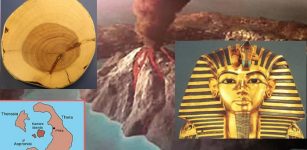 Radiocarbon Dating Method Needs Adjustments – Researchers Say
No Comments | Apr 1, 2020
Radiocarbon Dating Method Needs Adjustments – Researchers Say
No Comments | Apr 1, 2020 -
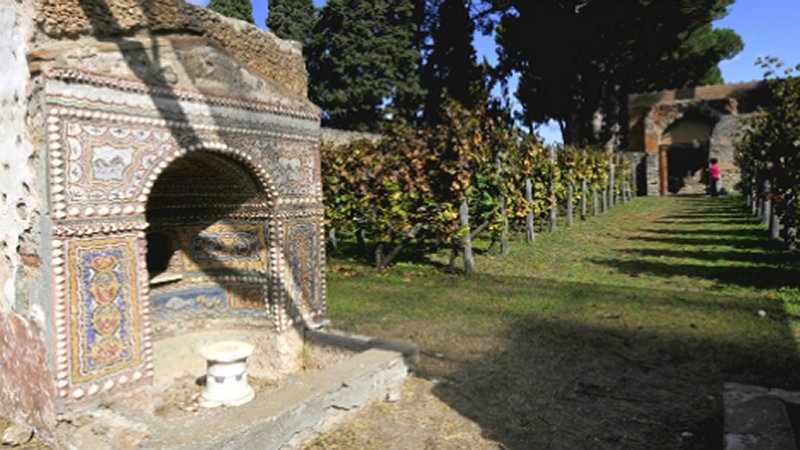 Amazing Restoration Of Ancient Roman Vineyard Buried Underneath The Ash Of Mount Vesuvius For 2,000 Years
No Comments | Nov 27, 2020
Amazing Restoration Of Ancient Roman Vineyard Buried Underneath The Ash Of Mount Vesuvius For 2,000 Years
No Comments | Nov 27, 2020 -
 Toothpicks Were Used Long Before Our Times – Neanderthals Used Them
No Comments | Jan 2, 2017
Toothpicks Were Used Long Before Our Times – Neanderthals Used Them
No Comments | Jan 2, 2017 -
 Ancient Burial Of Woman Equipped With A Unique Gold Pectoral Ornament Discovered In Siberian ‘Valley Of The Kings’
No Comments | Feb 17, 2022
Ancient Burial Of Woman Equipped With A Unique Gold Pectoral Ornament Discovered In Siberian ‘Valley Of The Kings’
No Comments | Feb 17, 2022 -
 Unique Discovery Of 1,000-Year-Old Viking Toolbox At Circular Fortress ‘Vallø Borgring’ In Denmark
No Comments | Nov 6, 2016
Unique Discovery Of 1,000-Year-Old Viking Toolbox At Circular Fortress ‘Vallø Borgring’ In Denmark
No Comments | Nov 6, 2016 -
 Stonehenge Served As An Ancient Solar Calendar And We Know How It Worked – Scientists Say
No Comments | Mar 5, 2022
Stonehenge Served As An Ancient Solar Calendar And We Know How It Worked – Scientists Say
No Comments | Mar 5, 2022 -
 The Woman Of Tlailotlacan: 1,600-Year-Old Skeleton With Elongated Skull And Stone-Encrusted Mineral Teeth Discovered
No Comments | Jul 8, 2016
The Woman Of Tlailotlacan: 1,600-Year-Old Skeleton With Elongated Skull And Stone-Encrusted Mineral Teeth Discovered
No Comments | Jul 8, 2016 -
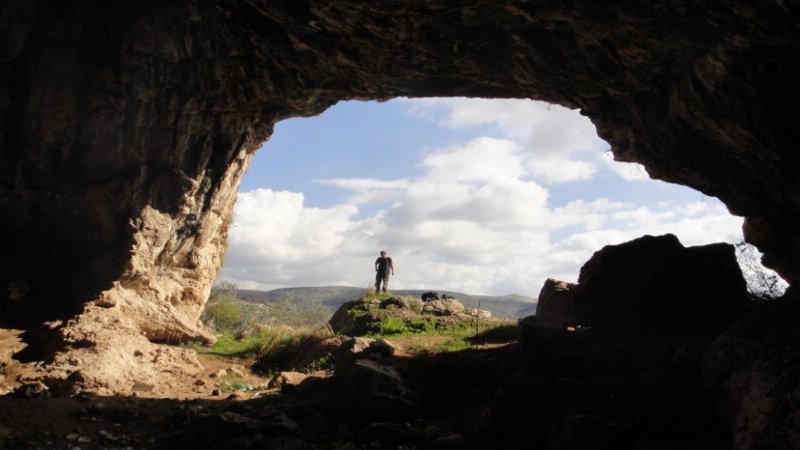 Startling Discovery Of Nubian Levallois Technology In Shukbah Cave Re-Writes Ancient History Of Neanderthals And Homo Sapiens
No Comments | Feb 24, 2021
Startling Discovery Of Nubian Levallois Technology In Shukbah Cave Re-Writes Ancient History Of Neanderthals And Homo Sapiens
No Comments | Feb 24, 2021 -
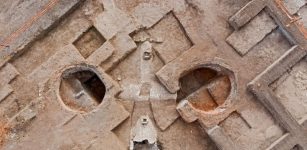 2,000-Year-Old Factory Producing Roman Fish Sauce Unearthed In Ashkelon, Israel
No Comments | Jan 8, 2020
2,000-Year-Old Factory Producing Roman Fish Sauce Unearthed In Ashkelon, Israel
No Comments | Jan 8, 2020
